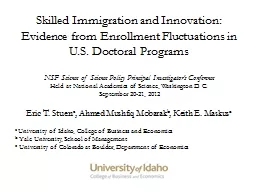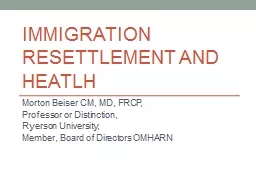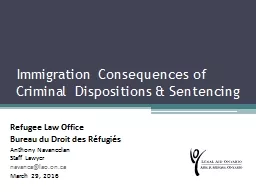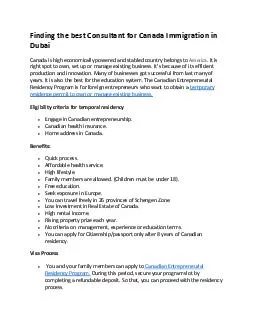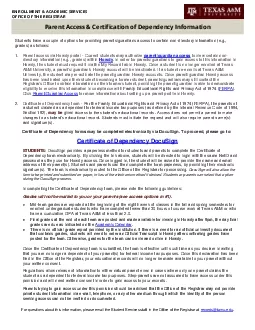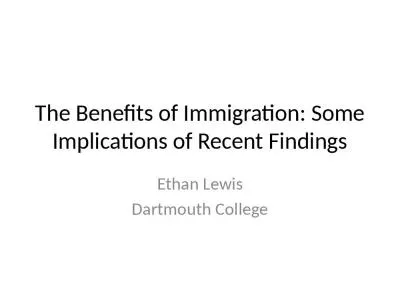PPT-Skilled Immigration and Innovation: Evidence from Enrollmen
Author : marina-yarberry | Published Date : 2016-03-06
NSF Science of Science Policy Principal Investigators Conference Held at National Academies of Science Washington D C September 2021 2012 Eric T Stuen a Ahmed
Presentation Embed Code
Download Presentation
Download Presentation The PPT/PDF document "Skilled Immigration and Innovation: Evid..." is the property of its rightful owner. Permission is granted to download and print the materials on this website for personal, non-commercial use only, and to display it on your personal computer provided you do not modify the materials and that you retain all copyright notices contained in the materials. By downloading content from our website, you accept the terms of this agreement.
Skilled Immigration and Innovation: Evidence from Enrollmen: Transcript
Download Rules Of Document
"Skilled Immigration and Innovation: Evidence from Enrollmen"The content belongs to its owner. You may download and print it for personal use, without modification, and keep all copyright notices. By downloading, you agree to these terms.
Related Documents

